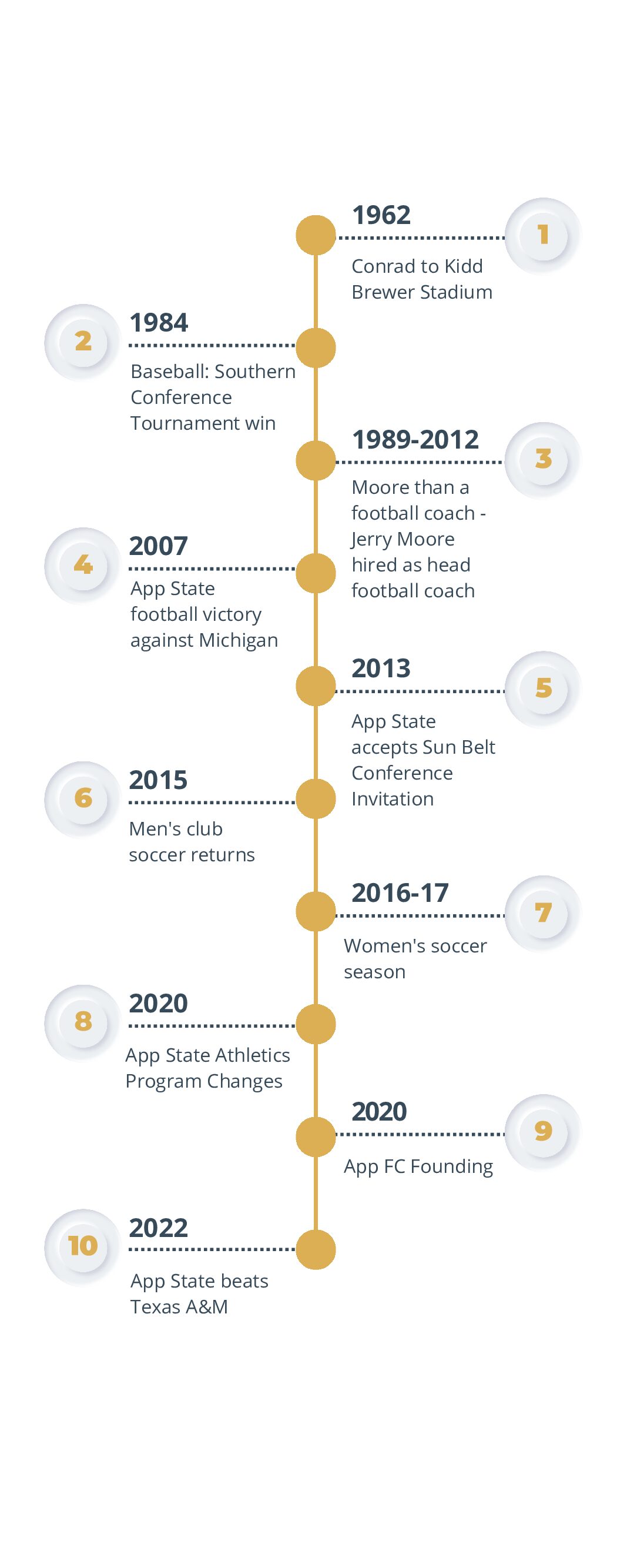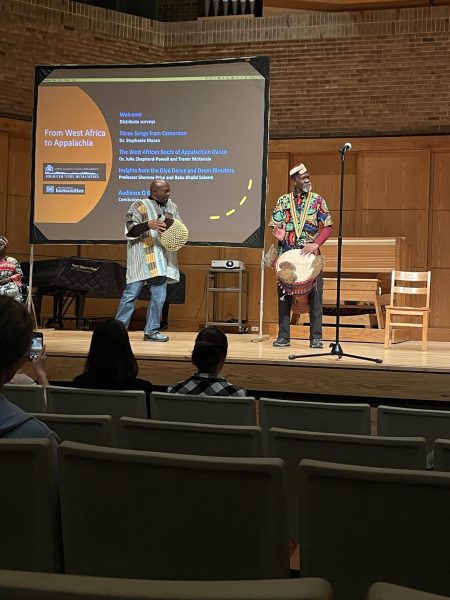“Lies of P,” developed by NEOWIZ and Round 8 Studio, is a game that wears its inspiration on its sleeves. From the opening act to the final boss, each and every aspect of the game’s combat, level design and overarching game mechanics exemplifies their appreciation for the games in the genre that came before it, and their prowess for being able to refine those aspects to a tee.
“Lies of P” is a “Soulslike” game — a genre popularized by FromSoftware’s “Dark Souls” series — set in the world of Pinocchio, a theme which, upon first glance, should not work as well as it does. From the oily blood-soaked streets of Central Krat to the colorful characters the player meets throughout their journey, the rich atmosphere present within the world crafted by NEOWIZ cannot be overstated.
While the story and world of “Lies of P” tackle thought-provoking themes, such as what it means to be human and the grief of disaster survivors, where the game truly shines is in its refined gameplay compared to many other games in its genre, including some made by FromSoftware themselves.
The central ethos of “Lies of P” in terms of gameplay design is player experimentation. Early on, the player receives a tool that allows them to take apart and reconstruct the different weapons they find across their journey. The weapon blades determine the player’s damage output, and the weapon handles determine the player’s moveset and stat scaling. By mixing and matching different blades and handles, players can find the perfect play style for them, essentially meaning that there is no wrong option in terms of how to play the game.
The same idea holds true for the game’s defensive options: guarding and dodging. While dodging acts exactly as one would expect, guarding allows for a satisfying learning curve for each enemy and boss the player comes across. While the player can simply hold the guard button to avoid heavy damage, they will not be invulnerable in this state; however, this also leaves room for the player to counterattack and regain a bit of their lost health from the attack they just guarded.
On top of that, if a player presses the guard button at the right time, they can perform a perfect guard, completely shielding themselves from damage and potentially staggering an enemy in the process. The evolution of the player from the first time they walk into a boss arena to get absolutely annihilated up until the final attempt when they beat the boss is incredible, and one of the best gaming experiences of last year.
Speaking of bosses, the boss fights that cap off each area in “Lies of P” are simultaneously demanding and satisfying, with bosses such as the Scrapped Watchman, Victor the Champion and Laxasia the Complete being particular highlights.
The game also takes inspiration from FromSoftware’s “Sekiro: Shadows Die Twice,” in that it has a small selection of tools tied to the main character’s arm prosthetic. These range from a grappling hook to close the distance between enemies, to a shield to assist in blocking attacks to a full-on flamethrower. Each tool fits the many different play styles the player may adopt, adding an additional layer of complexity to the game’s combat.
Despite its high quality production and engaging gameplay, “Lies of P” is not completely flawless. For one, the game is incredibly linear, with only one small optional area being present at all. Additionally, as with many games in this genre, several of the hitboxes and deflect timings can feel disjointed.
However, the latter of those two is not a problem exclusive to “Lies of P.” Those who have played other games in the genre will be used to occasional poor hitboxes and the former isn’t an inherently bad thing, as it allows for the developers to design a better difficulty curve across the game’s length.
For those who want to put a lot of time and effort into mastering a game, “Lies of P” has enough content throughout its 11 chapters, 15 major bosses and even more mini-bosses along the way. For someone familiar with the Soulslike genre, this game will still present enough new challenges and mechanics to present a sizable task, with the main game taking anywhere between 20-30 hours to complete. That time stretches even more if the player is going for 100% completion, likely taking somewhere between 50 to 60 hours across multiple playthroughs.
FromSoftware was able to recapture the magic of their “Dark Souls” series, something many other developers tried and failed to do. Games like “Lords of the Fallen,” “The Surge” and “Nioh” have their fans, but their overall reception by gamers is a far cry from that of FromSoftware’s titles. With that in mind, it is phenomenal that fans and critics alike agree that “Lies of P” stands head and shoulders above the rest of its competition, even rivaling the quality of the games that inspired it in the first place.

















